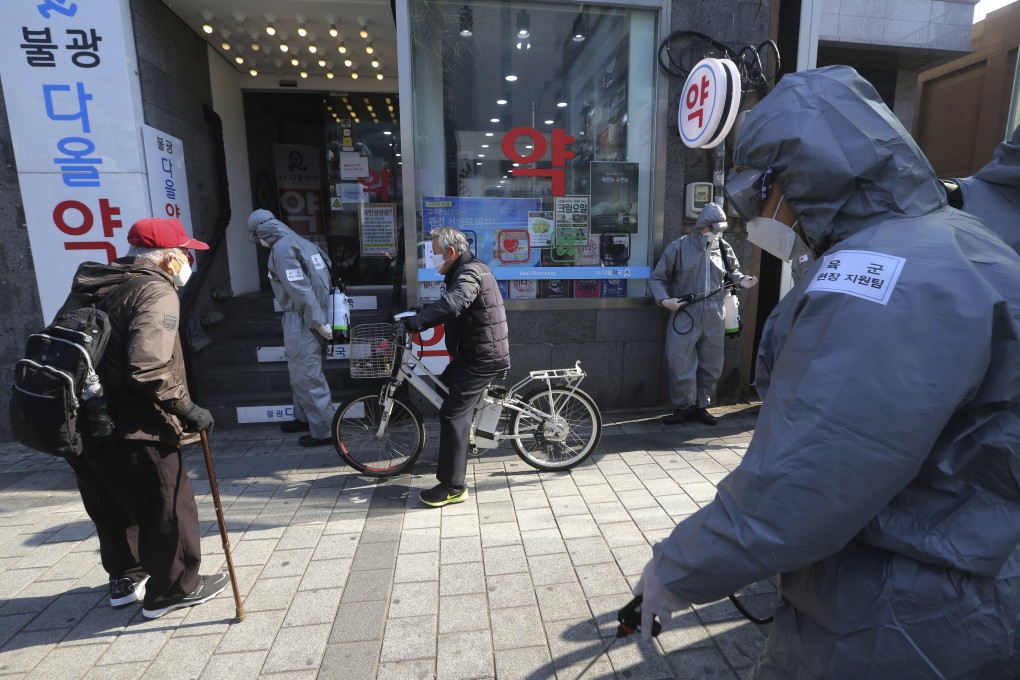Hidden away and forgotten: in South Korea, coronavirus emergency sheds light on how the old, disabled and mentally ill are treated
- South Korea is scrambling to contain a coronavirus outbreak that has infected more than 7,700 people and killed 60 in recent weeks
- A hospital psychiatric ward where seven of the deaths occurred has raised alarm, as details have emerged about how patients have there lived for decades

If it were not for the notoriety of the killer that claimed his life, the 63-year-old man’s death at a rural hospital in South Korea may have gone unnoticed.
After two decades confined to a psychiatric ward, he had no known family, friends or other ties to the outside world – no one to be notified, no one to mourn or claim his ashes. At little more than 40kg (90 pounds) at the time of his passing, the man, whose name has not been disclosed, barely took up any space in this world.
Six others who had been housed alongside him at the psychiatric ward at the private Daenam Hospital in Cheongdo in southeast South Korea, all in their 50s and 60s, also died within days. Out of 102 patients held in the psychiatric ward, 100 had contracted the deadly virus.
People are telling me they haven’t felt this frightened or endangered since the Korean war
Authorities have not determined how the virus made its way into the locked ward, but once it got there, it found easy prey in patients with weakened immune systems living together at close, poorly ventilated quarters.
As South Korea has scrambled to contain a surge of infections that has topped 7,755 and killed 60 in recent weeks, the virus has in particular seeped into the spaces where society’s most frail – the elderly, the mentally ill, the disabled – are gathered or institutionalised.